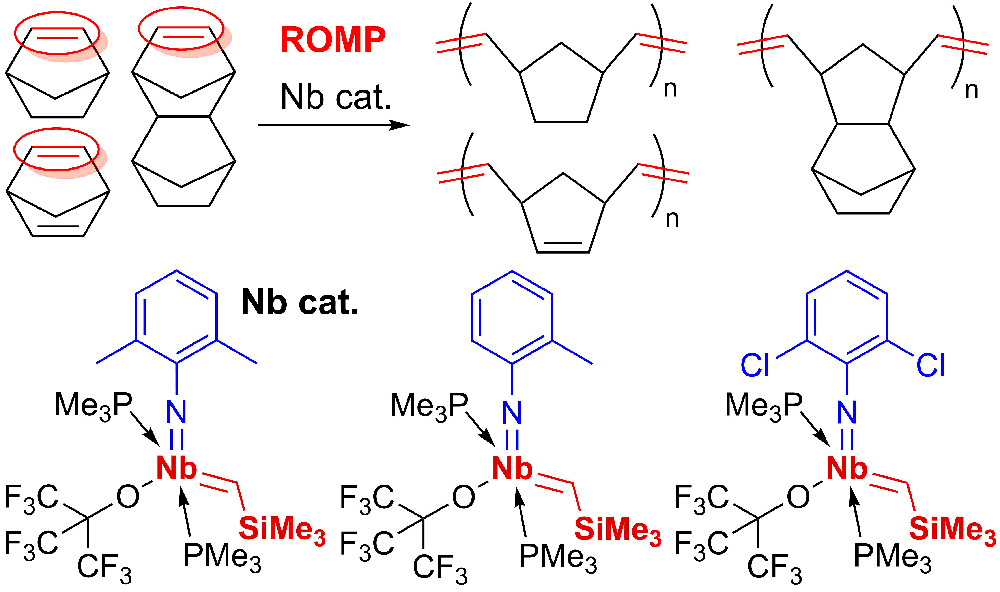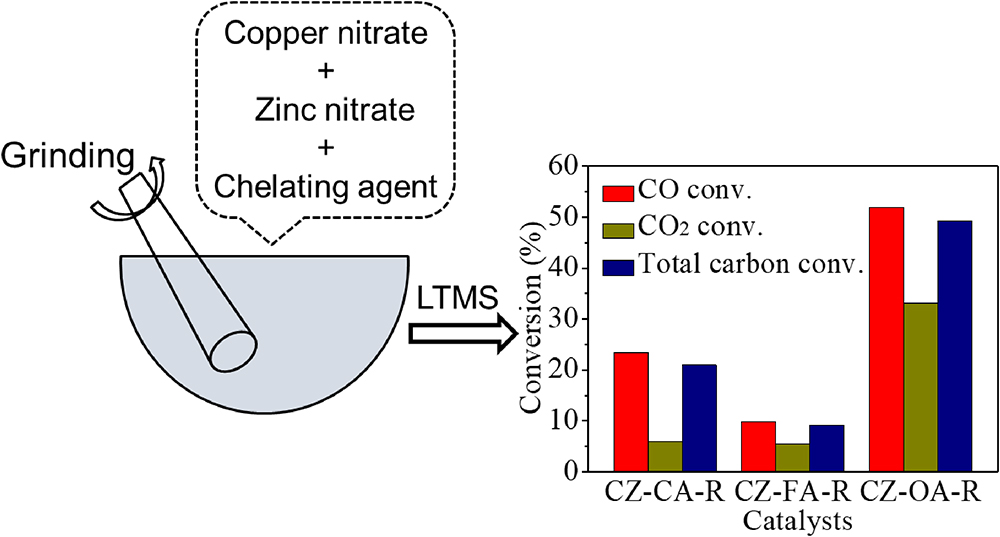Volume 64, Issue 5
Displaying 1-10 of 10 articles from this issue
- |<
- <
- 1
- >
- >|
Regular Paper
-
Article type: Regular Paper
2021 Volume 64 Issue 5 Pages 219-225
Published: September 01, 2021
Released on J-STAGE: September 01, 2021
Download PDF (1282K)
Regular Paper –Feature aticles: Kumamoto Conv. of JPI
-
Article type: Regular Paper
2021 Volume 64 Issue 5 Pages 226-237
Published: September 01, 2021
Released on J-STAGE: September 01, 2021
Download PDF (11232K) -
Article type: Regular Paper
2021 Volume 64 Issue 5 Pages 238-244
Published: September 01, 2021
Released on J-STAGE: September 01, 2021
Download PDF (569K) -
Article type: Regular Paper
2021 Volume 64 Issue 5 Pages 245-255
Published: September 01, 2021
Released on J-STAGE: September 01, 2021
Download PDF (2229K) -
Article type: Regular Paper
2021 Volume 64 Issue 5 Pages 256-260
Published: September 01, 2021
Released on J-STAGE: September 01, 2021
Download PDF (875K) -
Article type: Regular Paper
2021 Volume 64 Issue 5 Pages 261-270
Published: September 01, 2021
Released on J-STAGE: September 01, 2021
Download PDF (5189K) -
Article type: Regular Paper
2021 Volume 64 Issue 5 Pages 271-279
Published: September 01, 2021
Released on J-STAGE: September 01, 2021
Download PDF (1500K) -
Article type: Regular Paper
2021 Volume 64 Issue 5 Pages 280-292
Published: September 01, 2021
Released on J-STAGE: September 01, 2021
Download PDF (3582K)
Research Note –Feature aticles: Kumamoto Conv. of JPI
-
Article type: Research Note
2021 Volume 64 Issue 5 Pages 293-301
Published: September 01, 2021
Released on J-STAGE: September 01, 2021
Download PDF (702K)
Letter
-
Article type: Letter
2021 Volume 64 Issue 5 Pages 302-305
Published: September 01, 2021
Released on J-STAGE: September 01, 2021
Download PDF (514K)
- |<
- <
- 1
- >
- >|










